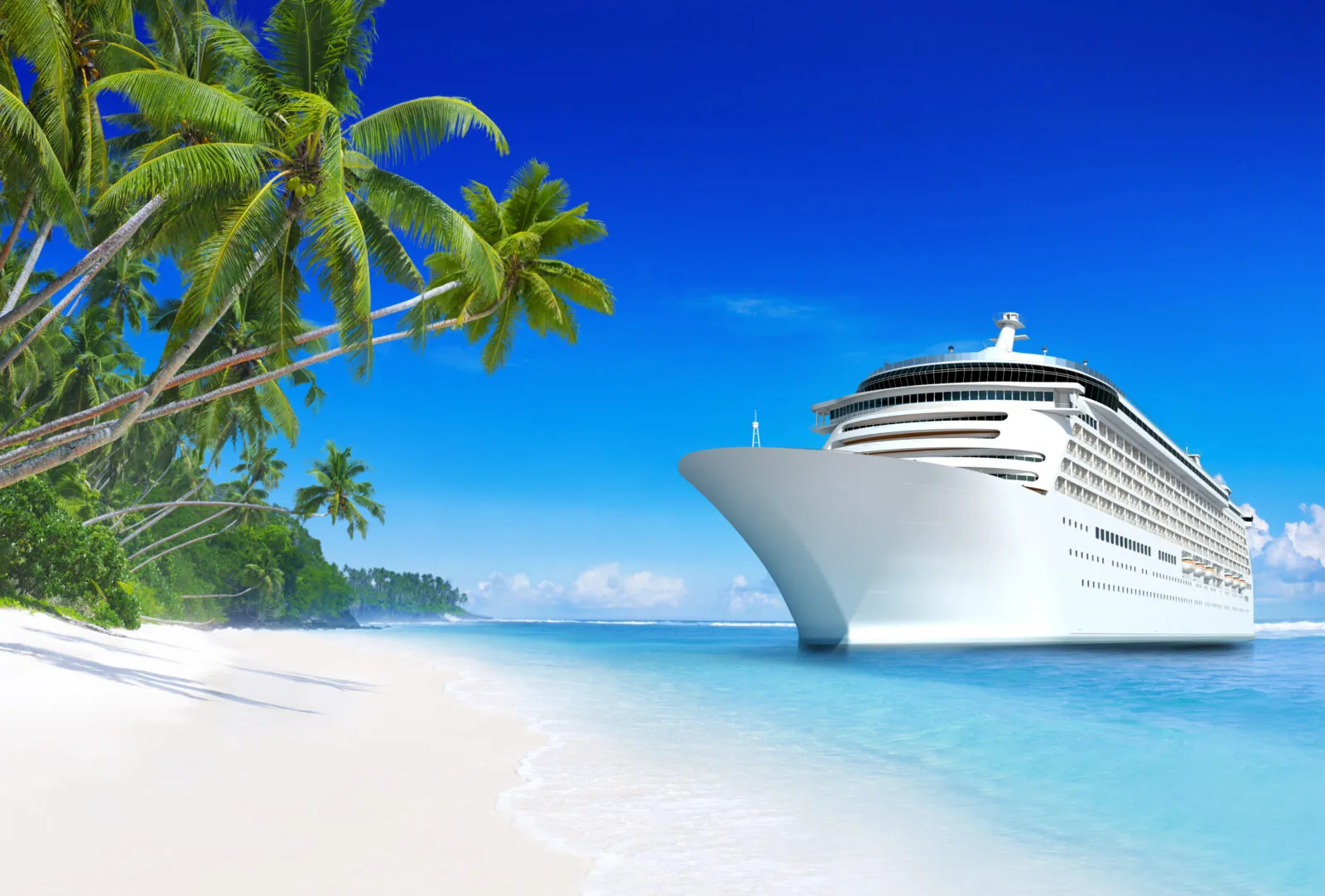Cruise ship excursions are designed to provide adventure, relaxation, and memorable experiences. From swimming with dolphins to exploring ancient ruins, these activities allow passengers to enjoy unique opportunities at their travel destinations. Unfortunately, accidents during these excursions can and do happen, leaving passengers injured and faced with an overwhelming situation.
What should you do if you’re injured during a cruise excursion? How do you determine liability? Can you seek compensation for your injuries? This comprehensive guide explores all aspects of handling a cruise excursion injury—from immediate steps after the accident to understanding your legal rights and filing a claim. By following these guidelines, you can protect your health, your rights, and your ability to recover financially.
Understanding the Risks of Cruise Ship Excursions
While shore excursions are often marketed as safe and well-organized activities, they inherently come with risks. Many excursions involve physical exertion, transportation in unfamiliar conditions, or participation in activities that have inherent hazards. Here are some of the most common risks faced by cruise passengers during excursions:
Physical Hazards
Uneven terrain, wet surfaces, or unsafe infrastructure can lead to slips, trips, and falls.
Activity-Related Risks
High-adrenaline activities such as ziplining, snorkeling, or ATV riding come with potential dangers, especially if equipment is faulty or improperly maintained.
Transportation Accidents
Excursions often involve transportation by bus, boat, or even small aircraft. These operators may not always adhere to safety regulations that meet the standards in your home country.
Lack of Medical Facilities
If you’re far from major cities or onboard a cruise ship, access to high-quality medical care may be limited in the event of an injury.
Being aware of these risks helps you understand the precautions you can take and the steps to follow if something goes wrong.
Steps to Take Immediately After an Injury
If you’re injured on a cruise ship excursion, the actions you take immediately following the accident are crucial. These steps not only ensure your safety but also help build a strong case should you decide to pursue a claim.
1. Seek Medical Attention
Your health should always come first. Whether your injury is minor or severe, seek immediate medical care. Many cruise ships have onboard medical staff equipped to handle emergencies, while others may direct you to the nearest clinic or hospital at the port of call.
Why This is Important:
- Early treatment prevents your injury from worsening and ensures proper documentation of the incident.
- Medical records serve as evidence of the extent and cause of your injuries, which will be crucial for a legal claim.
Pro Tip: Always request copies of your medical records, including diagnostic reports, treatment details, and any related expenses.
2. Document the Incident
Proper documentation is essential for pursuing compensation later. The more detailed your evidence, the stronger your case.
- Photographs and Videos: Take pictures of the accident scene, any hazardous conditions (e.g., slippery surfaces, broken equipment), and your injuries.
- Witness Information: Speak to anyone who saw the accident and ask for their contact information. Witness statements can add credibility to your claim.
- Incident Report: Notify the cruise staff or the tour operator about your injury. Insist on filing a formal report and ask for a copy for your records.
Example: If you slipped and fell during a rainforest hike due to inadequate safety measures by the tour operator, document the condition of the trail, what safety instructions were (or weren’t) provided, and statements from fellow hikers who witnessed the accident.
3. Notify the Responsible Parties
Once your immediate medical needs are addressed, file a formal report with the relevant parties:
- Cruise Line Staff: If the cruise line organized the excursion, report the injury to their onboard team or customer service department.
- Tour Operator: If the excursion was operated by a third-party company, notify them directly and ensure they acknowledge the incident.
This creates a paper trail, which can be vital for any legal proceedings or insurance claims.
Determining Liability: Who’s Responsible for Your Injury?
One of the most challenging aspects of dealing with an excursion injury is determining who is legally responsible. Liability can be complex, as excursions often involve multiple parties, including the cruise line and third-party operators.
Cruise Line Responsibility
Cruise lines often promote and sell excursions as part of their vacation packages, giving passengers the impression that these activities are directly managed by the cruise line. While this is sometimes true, cruise contracts often include disclaimers that limit the company’s liability for third-party activities.
The cruise line may still be held responsible if:
- They failed to properly vet the excursion operator.
- The excursion involved foreseeable risks or known safety issues.
- The injury occurred onboard the ship, such as during transportation to the excursion site.
Tour Operator Liability
If the excursion was conducted by an independent company, the operator may bear responsibility for your injury. Examples of operator negligence include:
- Inadequate Safety Measures: Failing to provide safety instructions, proper gear, or supervision.
- Defective Equipment: Using malfunctioning or poorly maintained equipment, such as life jackets or ATVs.
- Reckless Conduct: Actions by staff that put passengers in harm’s way, such as unsafe driving or ignoring weather conditions.
Shared or Contributory Negligence
Liability may be shared among multiple parties. For example:
- A cruise line may be partially liable for partnering with an unsafe operator.
- A tour operator may bear responsibility for direct negligence.
- In some cases, passengers may share a portion of the blame if their actions contributed to the accident (e.g., ignoring safety warnings).
Understanding the nuances of liability often requires legal expertise, especially when navigating the complex interplay between cruise line contracts and local laws.
Filing a Claim for Your Cruise Excursion Injury
If you’ve been injured due to someone else’s negligence, you have the right to seek compensation. Filing a claim involves several steps:
- Collect and Preserve Evidence
Strong evidence is the backbone of any legal claim. Gather:
- Medical reports, bills, and prescriptions.
- Photographs of injuries and hazardous conditions.
- Witness contact details and statements.
- Copies of incident reports filed with the cruise line or operator.
- Consult an Experienced Cruise Injury Attorney
Cruise injury cases often involve complex legal frameworks, such as maritime law, local jurisdictional rules, and contractual disclaimers. An attorney who specializes in cruise injuries can:
- Identify all liable parties.
- Evaluate your case to determine potential compensation.
- Handle negotiations with the cruise line or operator and represent you in court if necessary.
- File Your Claim Promptly
Cruise lines typically enforce strict deadlines for filing claims—some as short as six months. To avoid missing your chance to seek compensation, consult an attorney as soon as possible and file your claim within the required time frame.
Compensation for Cruise Excursion Injuries
If you’re successful in your claim, you may be entitled to compensation for the following:
- Medical Expenses
This includes emergency care, hospital stays, physical therapy, and any ongoing treatment.
- Lost Income
If your injury prevents you from working, you may claim lost wages, including future earnings if your injury results in long-term disability.
- Pain and Suffering
Compensation for the physical pain, emotional distress, and reduced quality of life caused by the injury.
- Other Financial Losses
This might include refunds for canceled excursions, additional travel expenses, or damages for loss of enjoyment during your vacation.
Frequently Asked Questions About Cruise Excursion Injuries
What should I do first if I’m injured during a cruise excursion?
The first thing you should do after an injury is to seek immediate medical attention, either from the ship’s medical team or a local facility. Prompt medical care ensures your safety and creates important documentation of your injuries. Once you’ve received treatment, document the incident thoroughly by taking photos, gathering witness information, and filing an incident report with the cruise line or tour operator.
Can I sue the cruise line for my injury?
Whether you can sue the cruise line depends on the circumstances of your injury and the terms outlined in your cruise contract. If the cruise line organized the excursion and was negligent in ensuring your safety, you may have grounds for a claim. However, if a third-party operator ran the excursion, liability might rest with them instead of the cruise line. Consult a cruise injury attorney to determine who is legally responsible for your case.
What kind of compensation can I expect if I file a claim?
Compensation varies depending on the severity of your injury and the circumstances of the accident. Common forms of compensation include coverage for medical expenses, reimbursement for lost wages if you’re unable to work, and damages for pain and suffering. In some cases, you may also be eligible for additional compensation for emotional distress or the loss of enjoyment of your vacation.
Who pays for my medical treatment after an injury?
Medical costs may be covered by a combination of sources, including the responsible party (such as the cruise line or excursion operator), your personal health insurance, or travel insurance. It’s important to review your travel insurance policy to see if it includes coverage for medical emergencies or injuries sustained during excursions.
How long do I have to file a claim for my cruise excursion injury?
Time limits for filing a claim vary depending on the cruise line and your specific case. Many cruise contracts include strict deadlines for initiating legal action, often as short as six months from the date of the injury. Acting quickly is crucial, so consult an attorney as soon as possible to ensure you don’t miss any deadlines.
Contact The Cruise Injury Law Firm Today
Navigating the aftermath of a cruise excursion injury can be overwhelming, especially when dealing with medical bills, legal complexities, and the emotional toll of the accident. An experienced cruise injury attorney can help you understand your rights, identify who is responsible, and fight for the compensation you deserve.
Don’t wait—most cruise lines impose short deadlines for filing claims. Contact us today to protect your rights, secure financial recovery, and take the first step toward justice.



